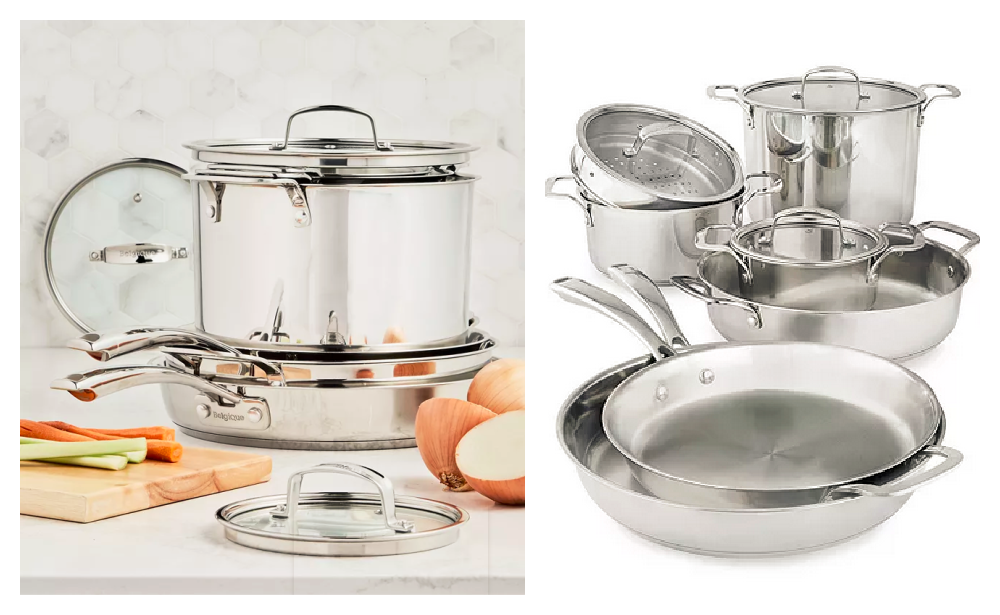Tissue culture dishes, also known as Petri belgique cookware, are designed to store tissue, cell organisms, and different types of bacteria for research. A few common applications of culture dishes include tracking of cells, growth of primary cells, identification of cell colonies, and characterization of stem cells. They are extensively used at laboratories in sectors such as healthcare, microbiology, pharmaceutical research, cosmetics, and even military.
The two basic materials used for manufacturing tissue culture dishes are glass and plastic. While glass is usually reused after sterilization, plastic Petri dishes are generally used as disposable products. Petri dishes can be manufactured in variety of shapes and sizes with advantageous features.
Beneficial Features of Tissue Culture Dishes
Petri dishes are designed with special features to support the cell culturing process.
Shape and Well Rings: While cylindrical is the primary shape used when manufacturing Petri dishes, there are two other shapes that are also used – square and rectangular. The shape of the dish, along with the relevant size, allows for an increase in the cell storage capacity. The rectangular and square shaped dishes are also fitted with well rings. These rings are fitted with tiny lids, which prevent any possibility of cross cell contamination.
Surface Treatment: Accurate examination can be conducted when the bacterium is flat and spread over the bottom of the dish. To ensure that this process takes place quickly, many manufacturers have their products go through a surface treatment process. The dishes are modified using corona discharges. This helps the cells to attach themselves to the bottom of the dish, thus forming a flat surface. This also helps in the quick growth of cell colonies.
Rings and Slots: Many a time, laboratories are required to conduct cell culture examinations of a variety of bacteria and organisms. This requires a number of culture dishes to be used and organized based on the respective cell type. For this reason, culture dish manufacturers design the Petri dishes with rings or slots. These features allow lab technicians to stack multiple dishes one on top of the other to create multiwall plates.
Grids: This particular feature is quite beneficial when it comes to examination of large stem cell culture. A part of stem cell research is identification and notation of the number of cell colonies present in various dishes. This task is not always possible with plain culture dishes. As a solution to this problem, many manufacturers design the cell culture dishes with various gridded bottoms. A secondary option provided by manufacturers is numbered gridded bottoms. This helps the researcher to accurately identify cell colonies and create detailed data reports.
Grip Area: There are many instances where tissue culture dishes slip and fall due to the glass or plastic material. The result of this is loss of cell colonies and a delay in the overall work. A simple solution provided by manufacturers has been serrated edges on the side of the dish as well as the lid. This allows the technician to have a better grip when holding the Petri dishes, and also makes for easy lid removal.
Air Vents: When creating multiwall plates, it is important that the dishes receive a small amount of air to prevent condensation. For this reason, cell culture dishes are usually designed with air vents at the base of the plate. This helps to creates air flow between the stacks and also ensure that the various dishes are securely stacked.

